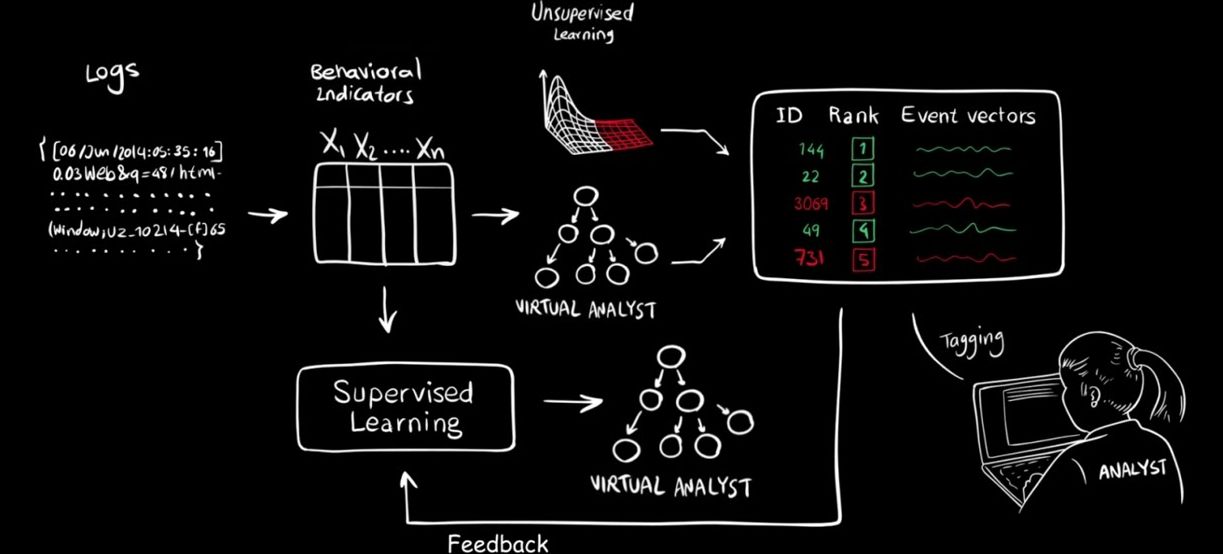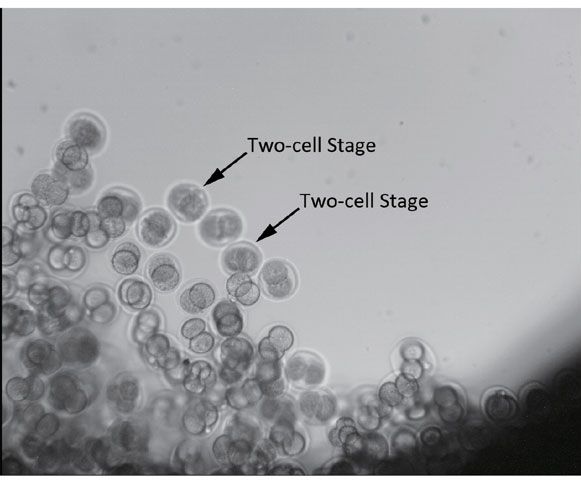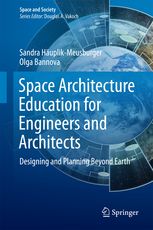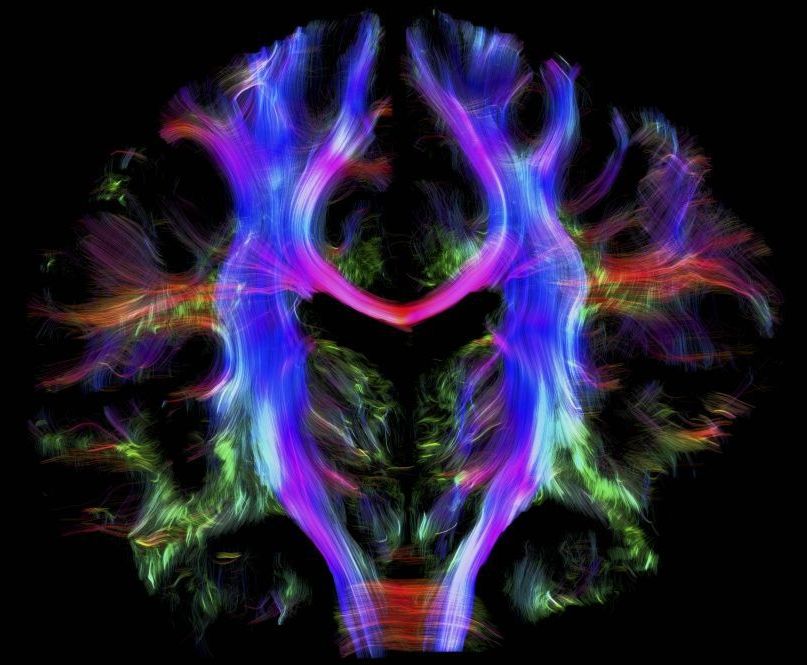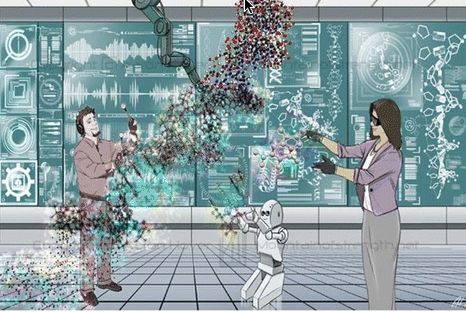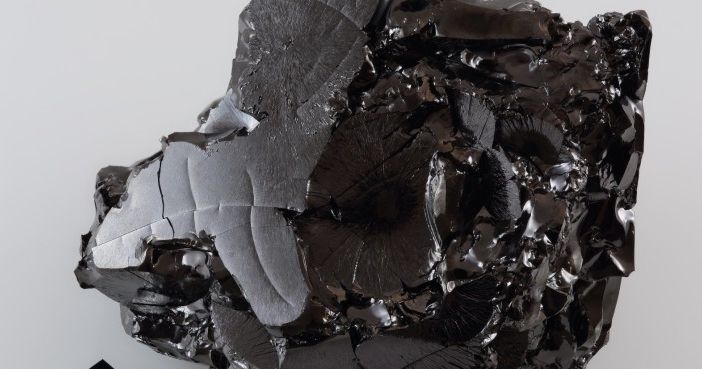Apr 18, 2016
MIT’s AI Can Predict 85 Percent of Cyberattacks
Posted by Aleksandar Vukovic in categories: cybercrime/malcode, internet, robotics/AI
Knowing a cyberattack’s going to occur before it actually happens is very useful—but it’s tricky to achieve in practice. Now MIT’s built an artificial intelligence system that can predict attacks 85 percent of the time.
Cyberattack spotters work in two main ways. Some are AI that simply looks out for anomalies in internet traffic. They work, but often throw up false positives—warnings about a threat when actually nothing’s wrong. Other software systems are built on rules developed by humans, but it’s hard to create systems like that which catches every attack.
Continue reading “MIT’s AI Can Predict 85 Percent of Cyberattacks” »
